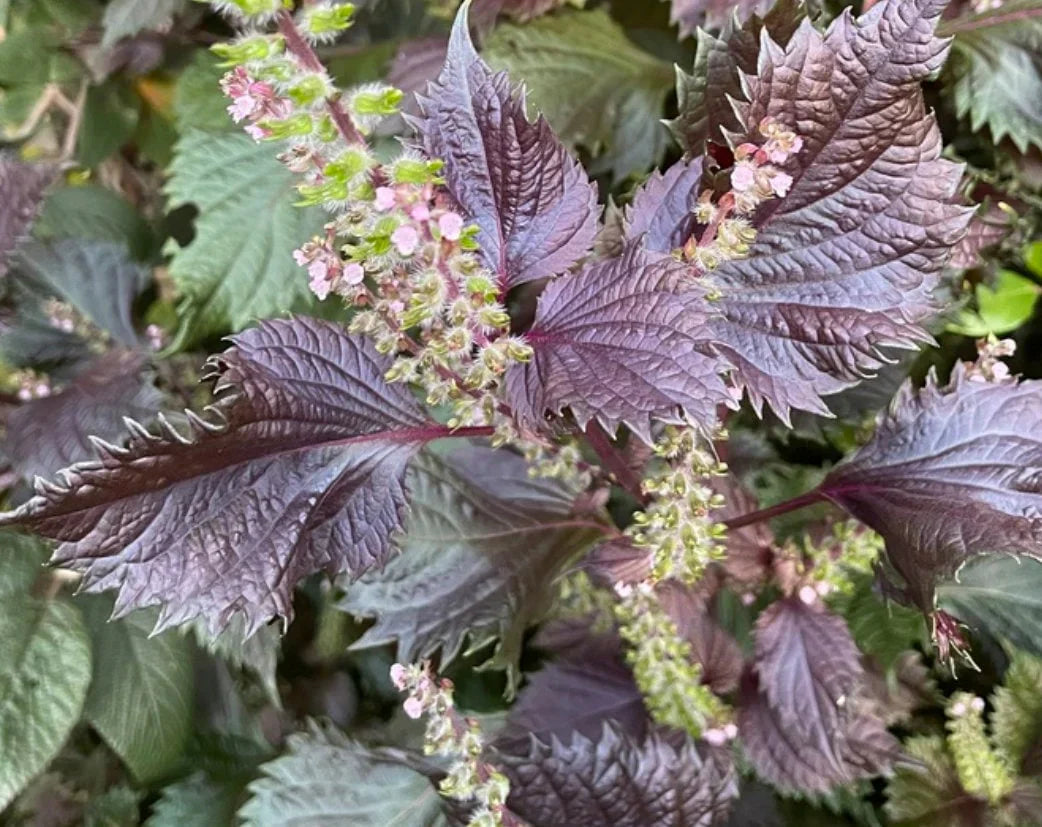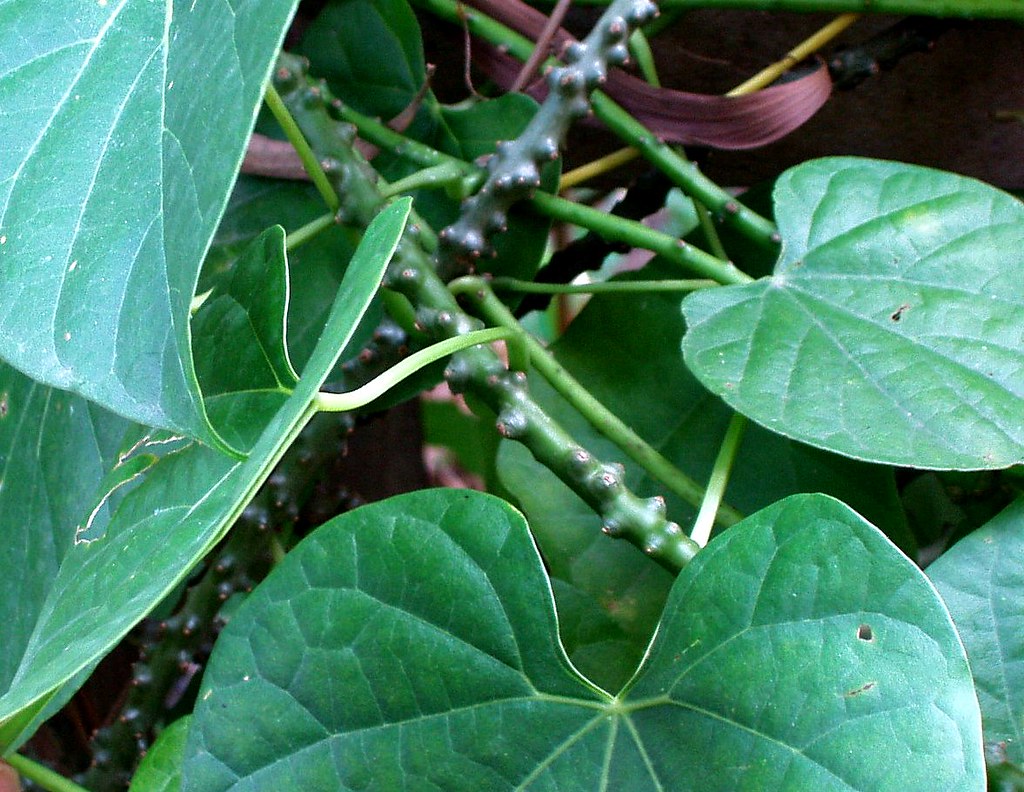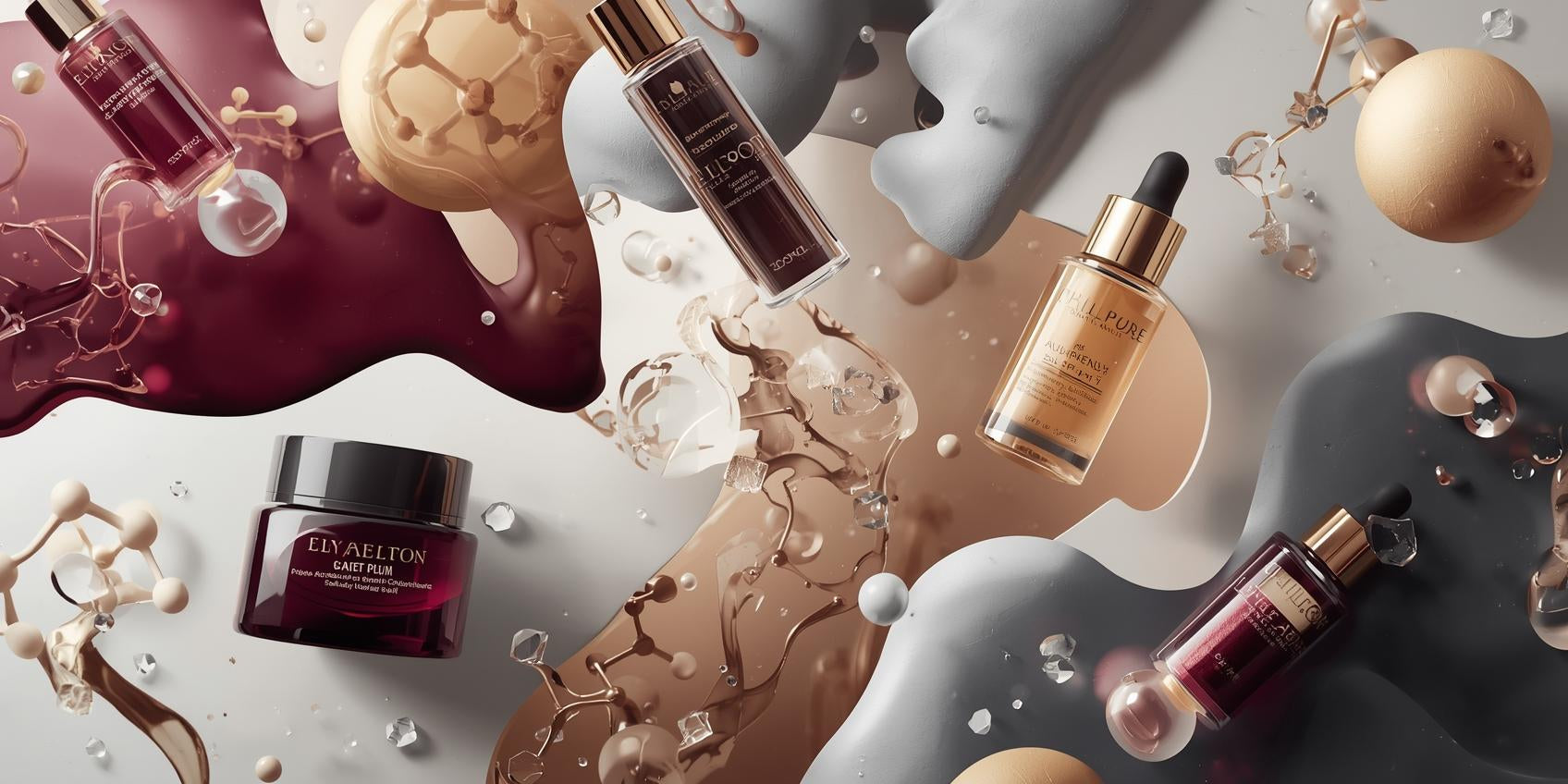Pomegranate fruit extract is a glow-giver with serious science behind it. Packed with polyphenols like punicalagins and ellagic acid, it helps defend skin from everyday stressors (think UV exposure, pollution and late nights) while supporting a brighter, more even-looking complexion. In formulas, it plays nicely with others, adds a subtle “fresh” story to the label, and suits everything from lightweight toners to luxe serums.
What it does
-
Antioxidant defence: Neutralises free radicals to help protect against premature signs of ageing (fine lines, dullness, uneven tone).
-
Brightening support: Helps minimise the look of discolouration and post-blemish marks for a more uniform glow.
-
Soothing care: Comforts the feel of stressed or sensitised skin after sun, wind or active treatments.
-
Firmness & bounce: By guarding against oxidative stress, it helps skin look smoother, springier and well-rested.
Who it’s for
All skin types can benefit, but it’s a standout for dull, uneven, city-exposed, mature or blemish-prone skin. Gentle enough for daily use and easy to layer with your core routine. As always, patch test if your skin is reactive.
How to formulate with it
-
Phase & solubility: Typical fruit extracts are water-soluble (often supplied in water or glycerin). Add to the water phase or at cool-down to protect actives.
-
Suggested use level: 0.5–3% for daily care; up to 5% in rinse-off or mask formats depending on supplier specs.
-
Processing tips: Keep below 40–50 °C during addition to preserve polyphenols. Use a chelating agent (e.g., sodium phytate) to help colour stability. Antioxidants like sodium metabisulfite (if permitted) or tocopherol in the overall system can also help.
-
pH window: Most suppliers recommend pH 4.0–6.5. Outside this range you may see colour shift or potency drop.
-
Compatibility: Plays well with niacinamide, panthenol, hyaluronic acid, vitamin C derivatives (SAP/AA2G/ATIP), azelaic derivatives, and ceramides. If using strong acids (AHA/BHA) or copper peptides, run a bench test to confirm colour and stability.
-
Formats: Toners/essences, brightening serums, gel creams, sheet masks, after-sun gels, micellar waters, body lotions and hand creams. Also nice in scalp tonics for antioxidant care.
Labelling, claims & story
-
INCI: Punica granatum Fruit Extract.
-
Claims you can support with this extract: “Antioxidant,” “Helps defend against environmental stressors,” “Supports brighter-looking skin,” “Helps soothe the feel of stressed skin,” “Radiance-boosting,” “Anti-pollution skincare.”
-
Positioning angles: Superfruit, polyphenol-rich, city-shield, glow support, post-sun comfort (not a sunscreen).
-
Regulatory & marketing notes: Often available as vegan, cruelty-free, and with natural origin content (per ISO 16128) depending on supplier. Avoid medical/therapeutic claims; keep benefits cosmetic.
How to use (consumer guidance)
Apply daily after cleansing—toner, essence or serum stage works best—then seal with moisturiser and broad-spectrum SPF during the day. Expect improved radiance and a more even look with consistent use.
Formulator checklist
-
Verify supplier spec sheet for exact use rate, solvent system, pH and preservatives.
-
Add at cool-down, protect from excess heat and light, and include colour controls if your base is very light.
-
Conduct stability and compatibility checks with strong acids, high-pH actives and metals.
Bottom line: Pomegranate fruit extract is a versatile, skin-friendly antioxidant that lifts radiance, helps even tone and adds credible “superfruit” appeal to modern skincare—without complicating your formula.
Properties
Skin whitening, Anti-aging, Anti- oxidant, UV protection
INCI Name
Punica granatum Fruit Extract




